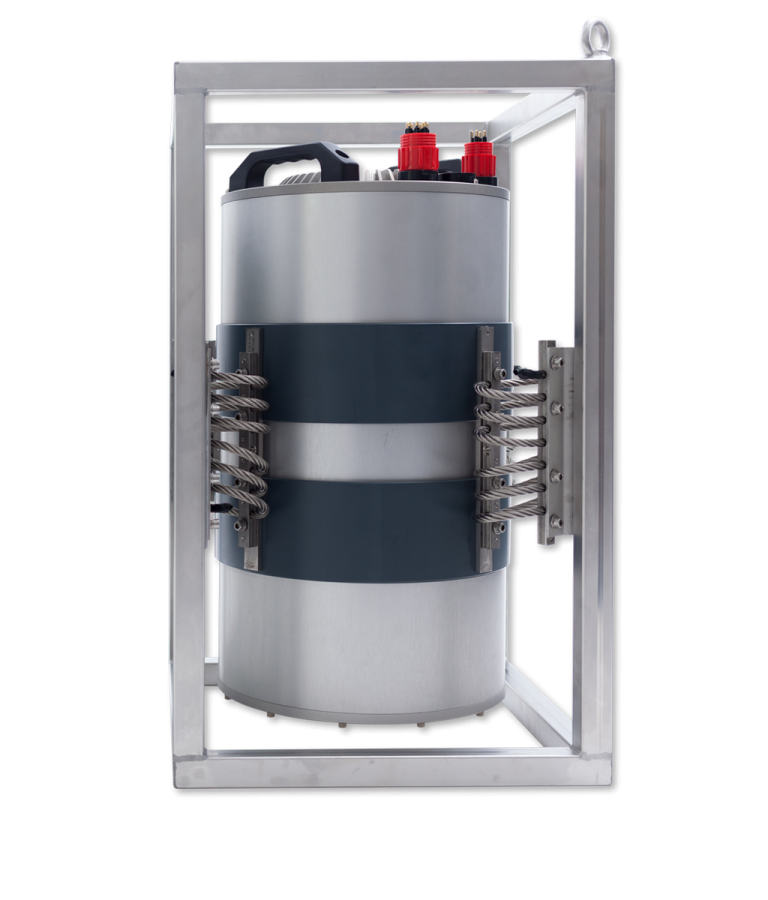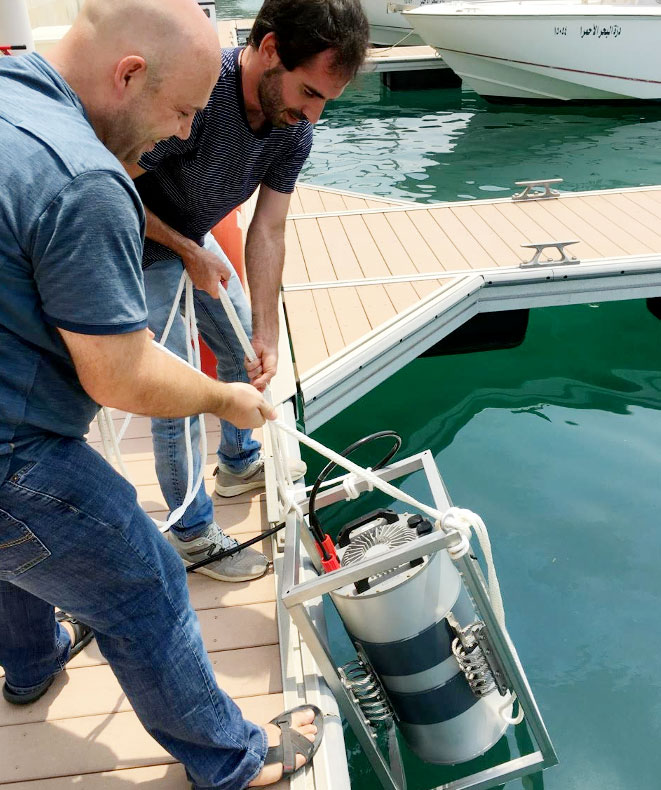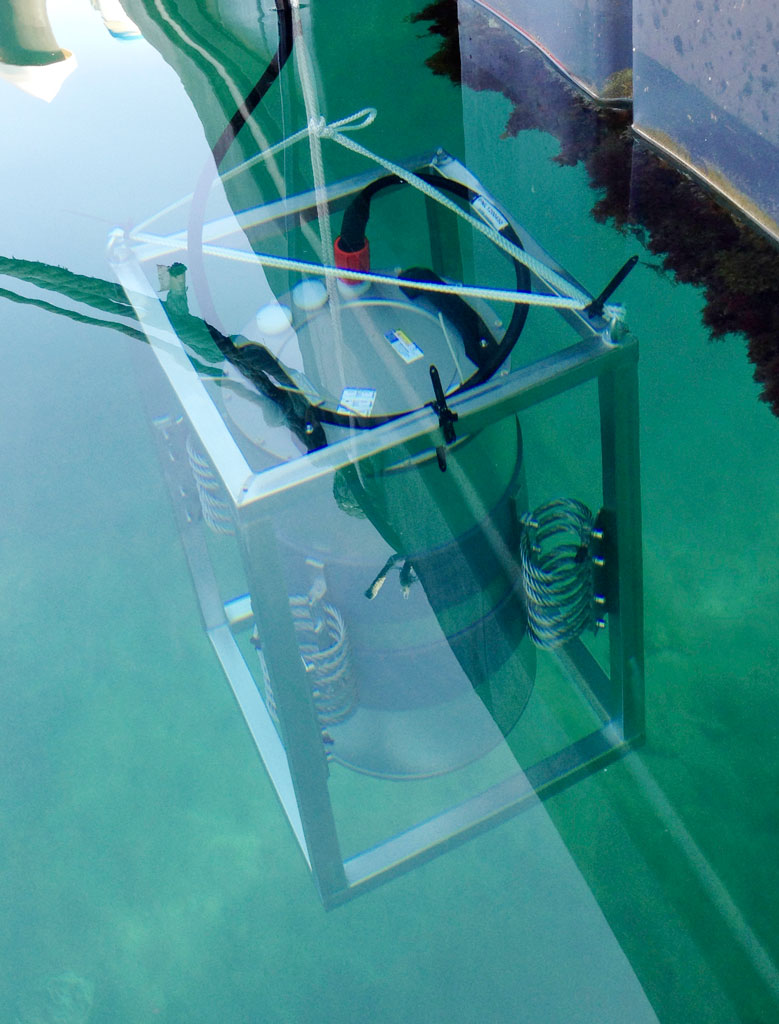CytoSub’s are submersible versions of CytoSense: the scan and imaging flow cytometer
- CytoSub “subsurface” for near surface operation (2 m depth)
- CytoSub “shallow” for operation in surface waters (20 m depth)
- CytoSub “deep” to explore the photonic zone (200 m depth)


By their unique submersible design, the CytoSubs provide:
- the most efficient method to obtain high definition high frequency data (microscopy level) from remote in-situ locations / stations and full photonic zone depths. No financial and logistic burden of taking samples to the lab. No waiting – direct answers.
- Reliable data and surprising images of phyto- and zooplankton, fresh and undamaged in their natural ecosystem in their natural aggregation state. No tampering with samples, plankton nets or fixation deforming species beyond recognition.
- Upgrade surface and subsurface monitoring stations and underwater vehicles with single cell analysis & imaging power.
CytoSub offers new possibilities for a wide range of applications:
- operational oceanography monitoring
- coastal observing networks
- lake and river in-situ monitoring
- aquatics and ecosystem bio-engineering and restoration control
- early warning for sensitive ecosystems, aquaculture & farming, drinking source water protection
- depth profiling
CytoSub provides a new type of comprehensive data for these applications, for an unprecedented size range of particulate matter and organisms.
For example:
- high resolution data on all types of particles for fluxes and balance, primary production, eutrophication and algal blooms, important for economic and recreational activities
- high frequency microscope level particle and cell images and scans from remote in-situ locations.
- detect and identify harmful algal blooms (HAB’s) like cyanobacterial blooms and notice emerging species before they start blooming (impossible by bulk-optical sensors).
- Detect not only picoplankton, nanoplankton, microplankton, both phytoplankton & zooplankton and small mesozooplankton, but also aggregates and colonies.
- study sediment transport with direct detection of suspended particulate matter (instead of FTU), from smallest nanometer sized particles to large mineral particles, aggregates and flocs, separate analysis of phytoplankton abundance and composition.
- Detects also microplastics and even nanoplastics by light scattering in combimation with imaging
- Provides data to link with observations from satellites: CytoSub-Data from a fixed insitu location (such as mounted in the CytoBuoy) is the most versatile and always-available ground/sea truth data for validation and interpretation of remote sensing products (alagal blooms, suspended particulate matter, water column light attenuation and chlorophyll concentration, phytoplankton composition).

Key specifications
Deep
Operates to 200 m water depth
Compact
Compact design for handling and mounting e.g. on frame or in buoy
Cables
Marine cables for interactive control, data transmission and power supply
Battery
Low power use for battery operation (without cable)
Benchtop
Easily convertible for benchtop use
Data capacity
Large data storage capacity in built-in computer
Control unit
Robust control unit for connection to computer/network and power
Autonomous
Internal system for long autonomous operation : particle filter, activated carbon, biocide and calibration beads dosing

